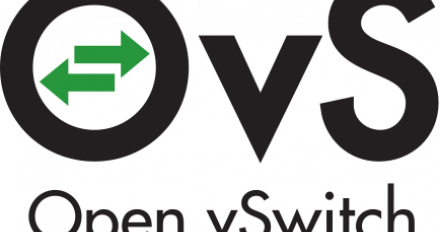
Debugging vHost user TX contention in Open vSwitch
Get started with a new coverage counter that makes interpreting vHost user TX contention in Open vSwitch easier, especially when combined with perf.

Get started with a new coverage counter that makes interpreting vHost user TX contention in Open vSwitch easier, especially when combined with perf.

Discover the design principles and performance improvements behind GCC's code generation strategies for defending against stack clash attacks.
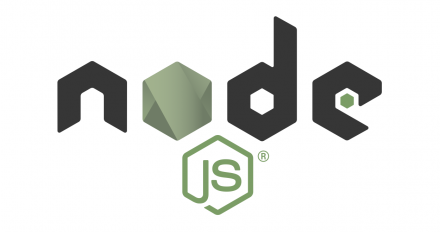
Red Hat will release a Universal Base Image for Node.js 14 for Red Hat OpenShift and Red Hat Enterprise Linux, but this article gets you started today.

The new Red Hat Community Server Connector extension for Visual Studio Code makes it easier than ever to deploy projects to Apache servers and runtimes.

Get an overview of changes to the tzdata package in 2019, as well as international time zone changes that could lead to package updates in 2020.

Learn how to use Red Hat Universal Base Images (UBIs) with Docker from a non-Red Hat system, such as a Windows or Mac workstation.

Improve program performance with the the Red Hat Rust and LLVM Toolsets, which can easily be used together for cross-language link-time optimization (LTO)

Explore how C# 8 lets us express whether a variable shouldn’t be null, and when it can be null.
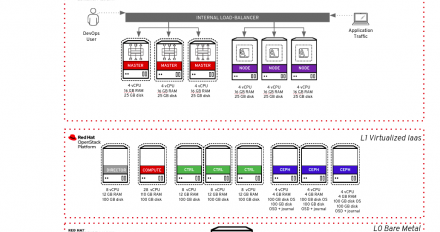
Learn how to test OpenShift 4.2 setup on OpenStack 13, and take advantage of OpenStack's programmatic API-driven approach.
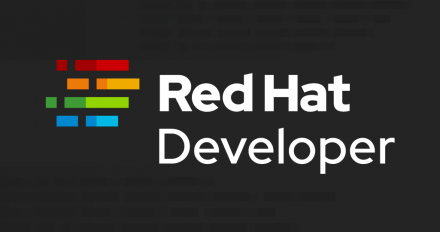
We look at the various ways .NET Core is made available on Red Hat platforms, starting with an overview of the available platforms, and then showing how to install .NET Core on each of them.

Guidance for creating ABI compatible Python wheels for RHEL and the new manylinux2014 standard
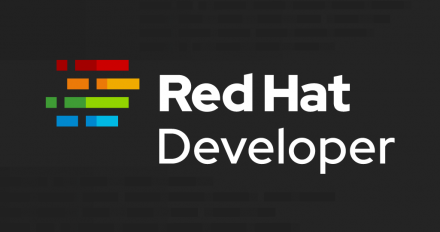
Develop with Node.js in a container on Red Hat Enterprise Linux - You can use Red Hat Enterprise Linux 8 Universal Base Images and application streams to develop in containers even if you are still running RHEL 7.

We show how to simplify SSL certificates using Let's Encrypt with Apache httpd on Red Hat Enterprise Linux 7.
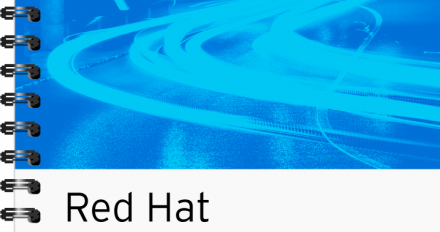
Check out the Red Hat Enterprise Linux 8 developer cheat sheet, which provides a quick reference for new RHEL 8 commands.
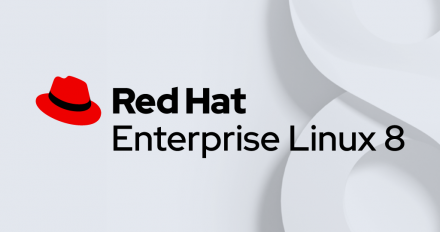
Red Hat Enterprise Linux 8 is now generally available; learn about new features and get an introduction to Red Hat Universal Base Image in this overview.
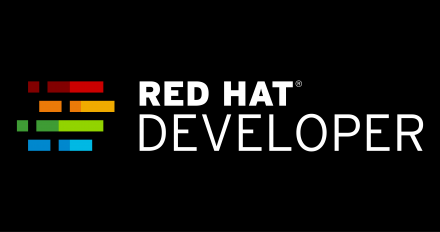
This blog demonstrates how to build an RPM if you have minimal knowledge or experience doing that.

Let's see how easy and straightforward it is to build a LAMP stack on top of the beta of Red Hat Enterprise Linux 8. Spoiler: Pretty easy! Read on.
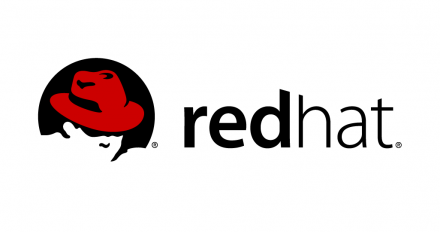
This article describes changes that were made to the Abigail library (Libabigail) application binary interface (ABI) change analysis framework and its associated set of tools in 2018.
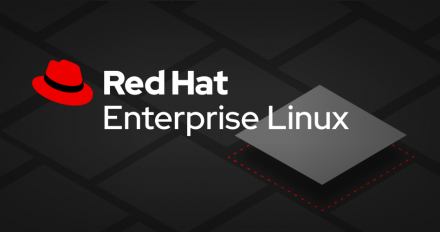
This article shows how to use the libFuzzer library with your applications so you can test how your applications handle arbitrary inputs from users.

How to install the latest stable versions of GCC and Clang/LLVM on Red Hat Enterprise Linux. Also covers tips for working with software collections and permanently enabling GCC 8/Clang 6.
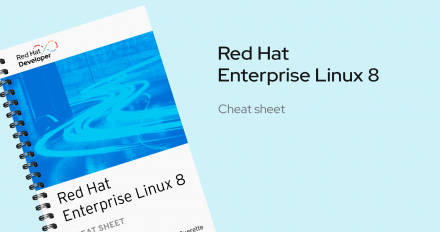
This cheat sheet supplies developers with a quick reference to new Red Hat Enterprise Linux commands introduced in RHEL 8 Beta.
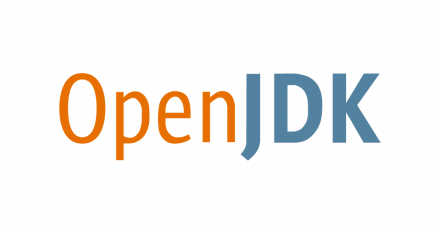
How to build a Java 8 runtime image with Docker and also with Buildah. Deployment to OpenShift is also shown by pushing the image to Quay and importing the stream.
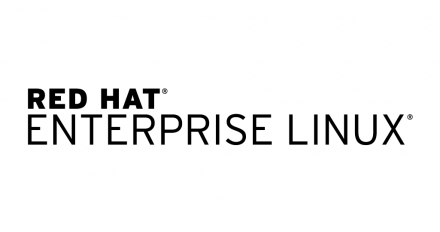
This article describes three variants of the tzdata time zone data format that were introduced in 2018 and how tzdata changes will be made in Red Hat Enterprise Linux
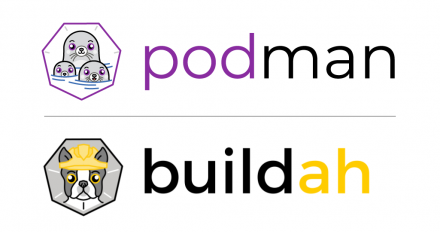
What docker users need to know to move from Docker to Podman and Buildah and the advantages of doing so. Developers/operators can easily move to Podman, do all the fun tasks that they are familiar with from using Docker, and do much more.

This article, the second is a series about eXpress Data Path (XDP), explores maps--a more-advanced eBPF feature--and some common pitfalls and basic debugging techniques.